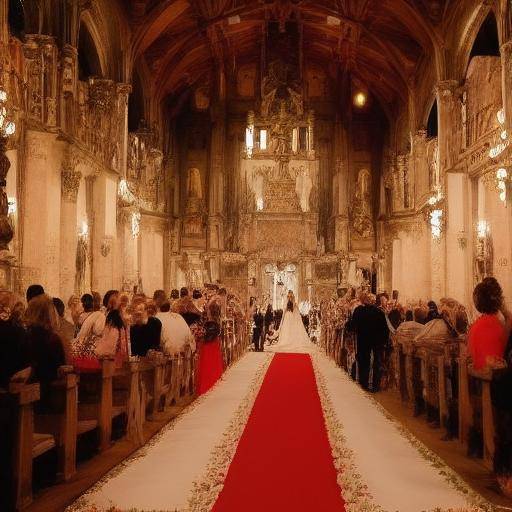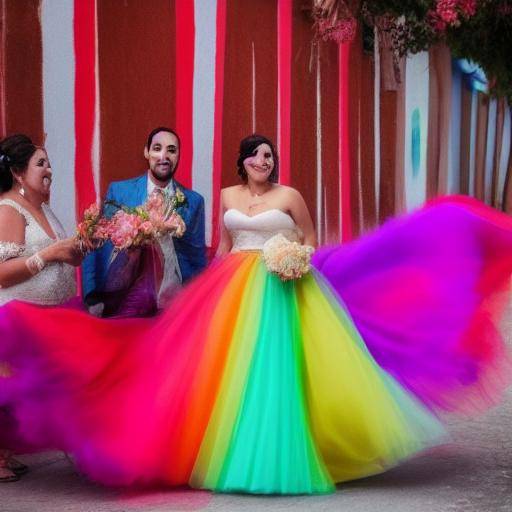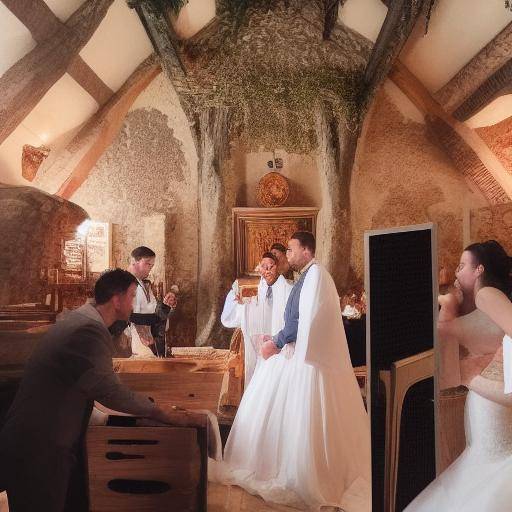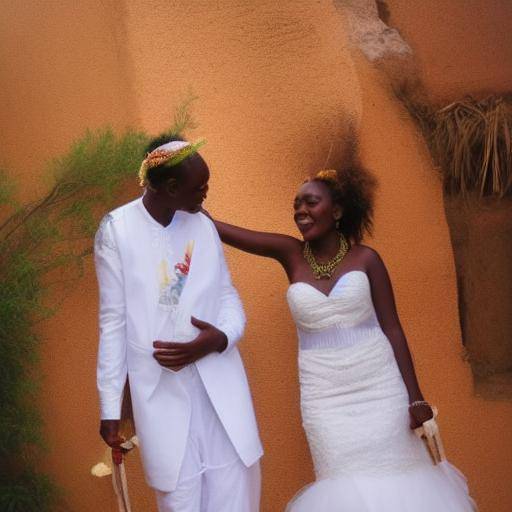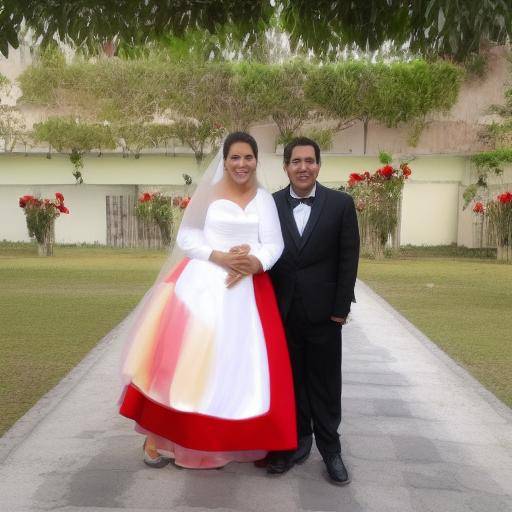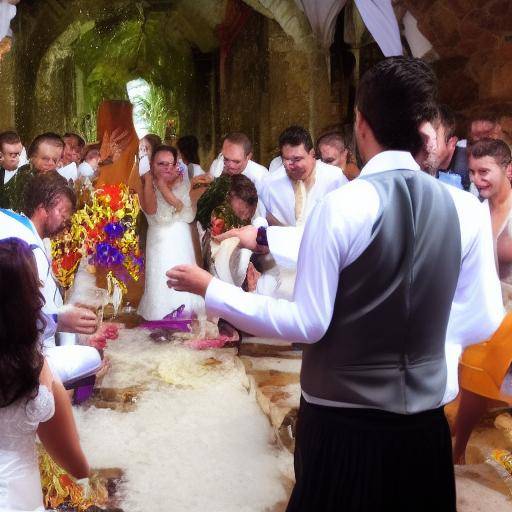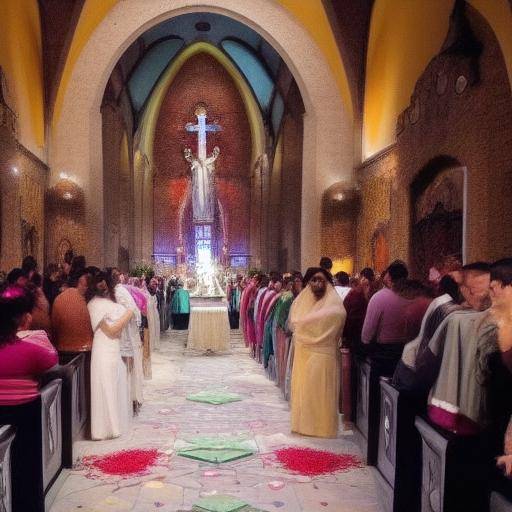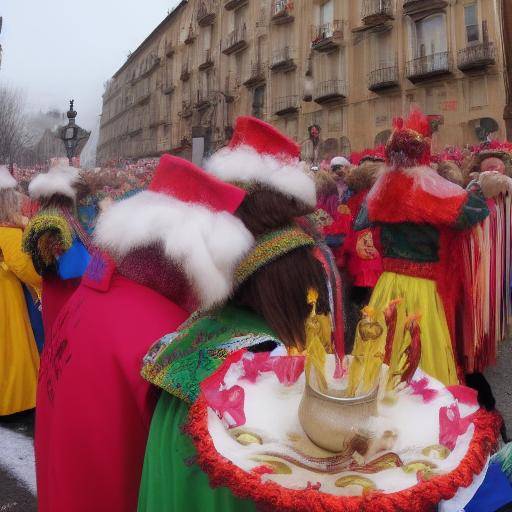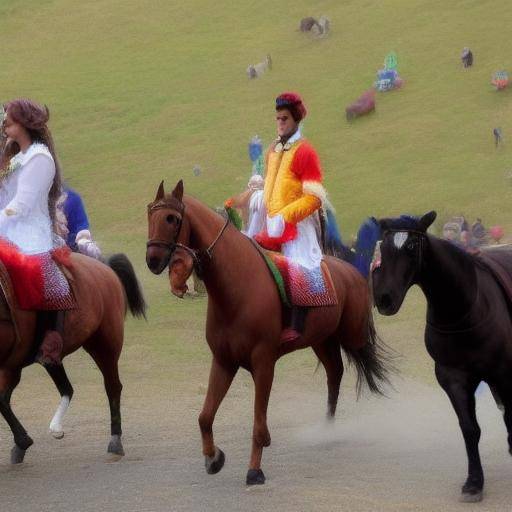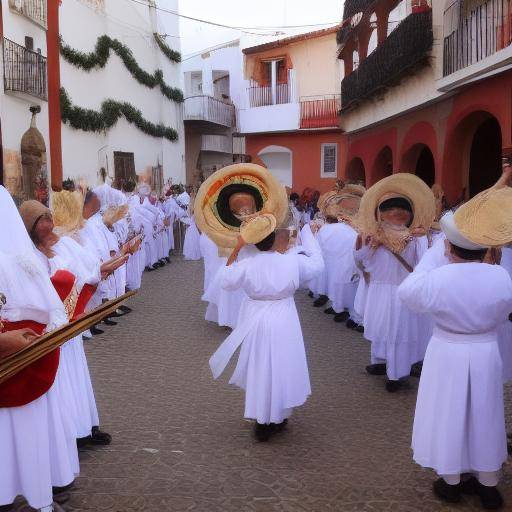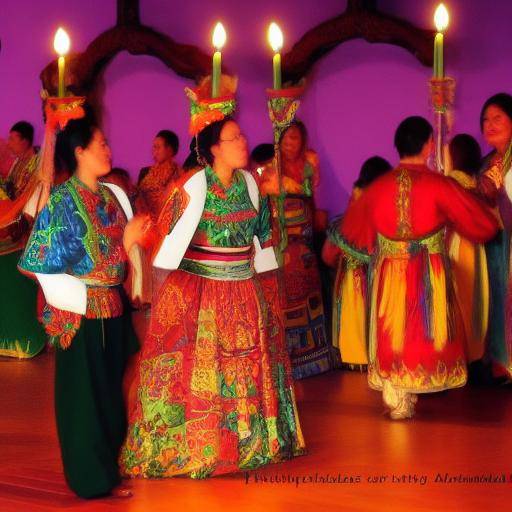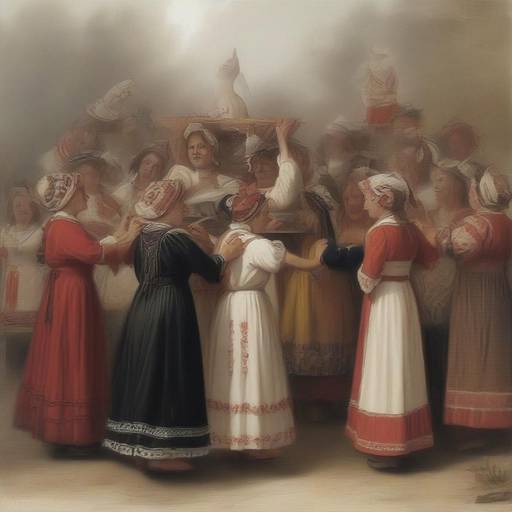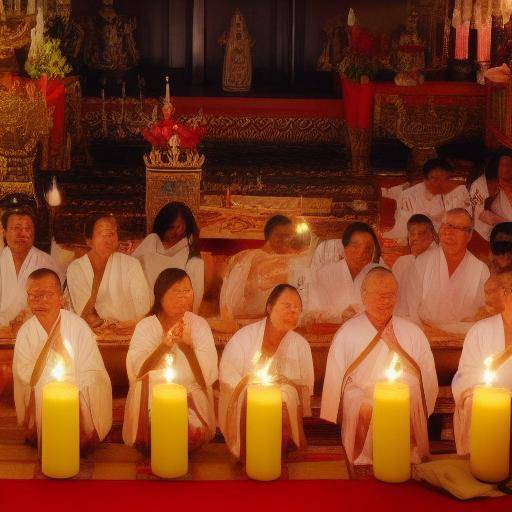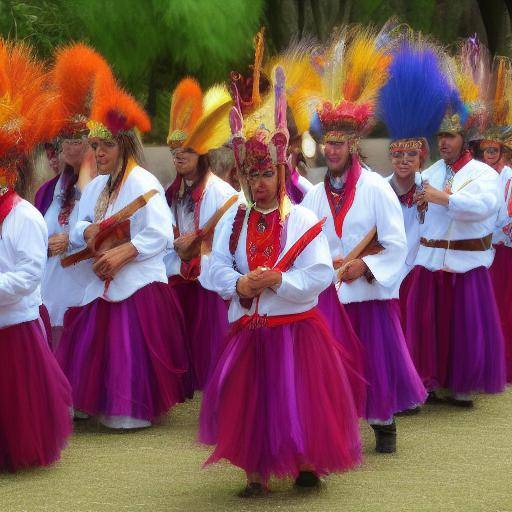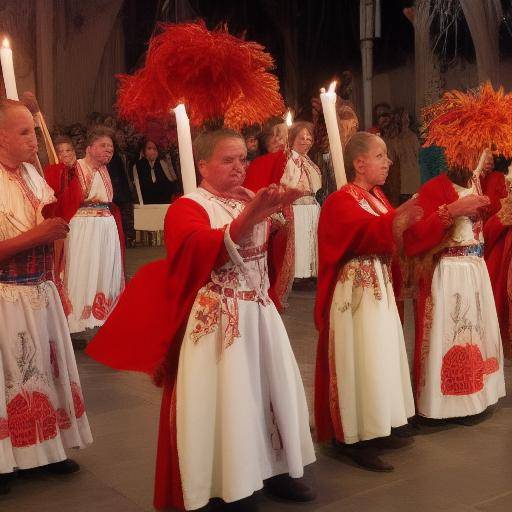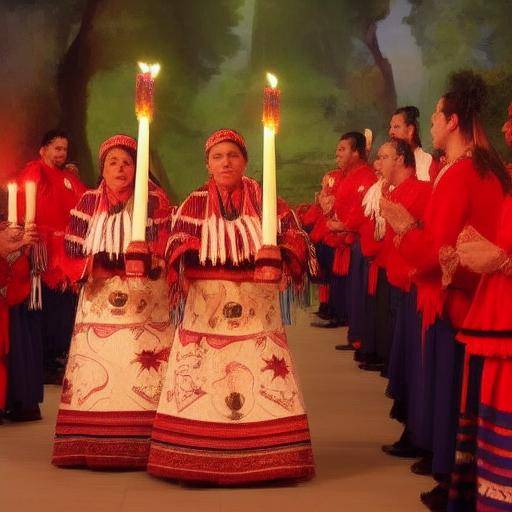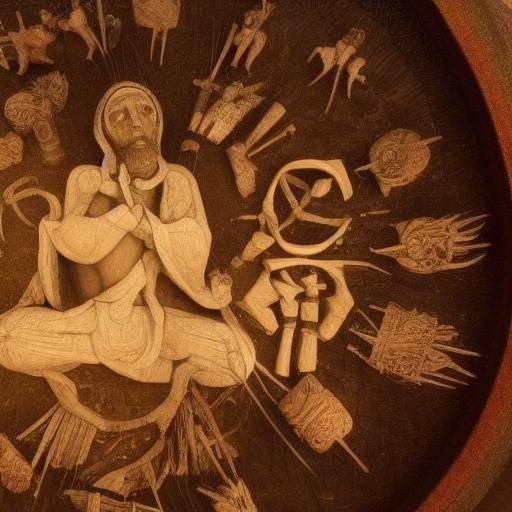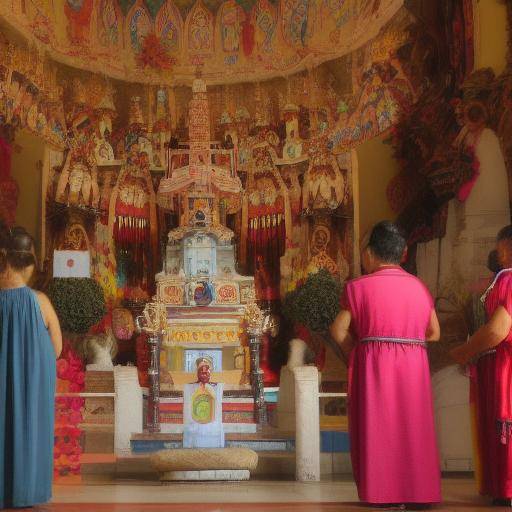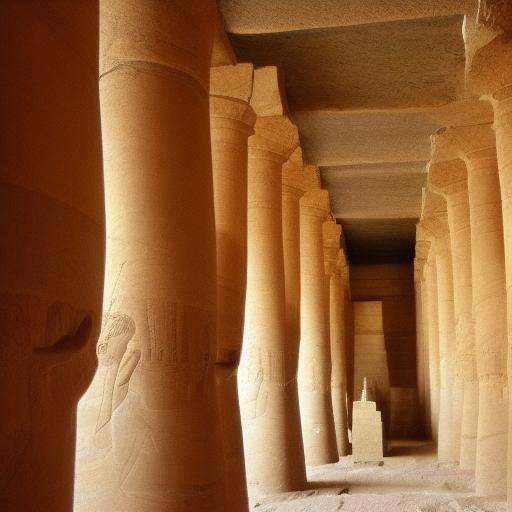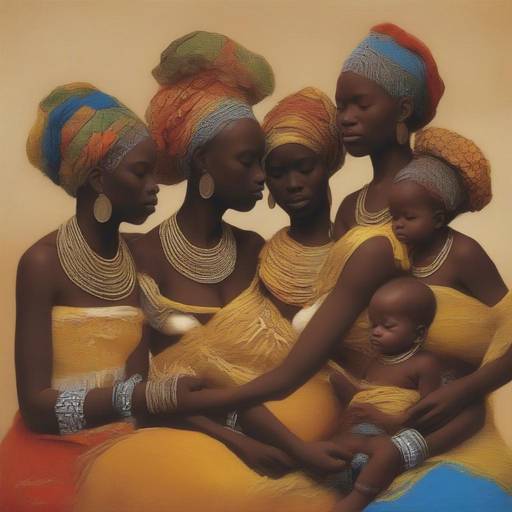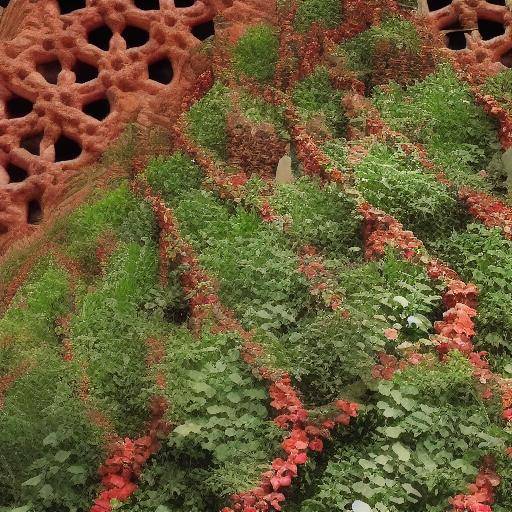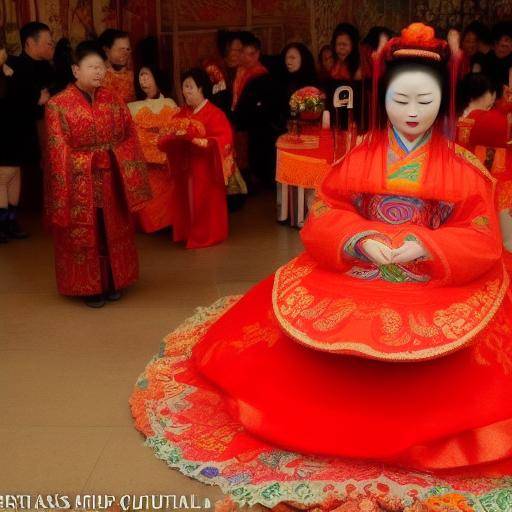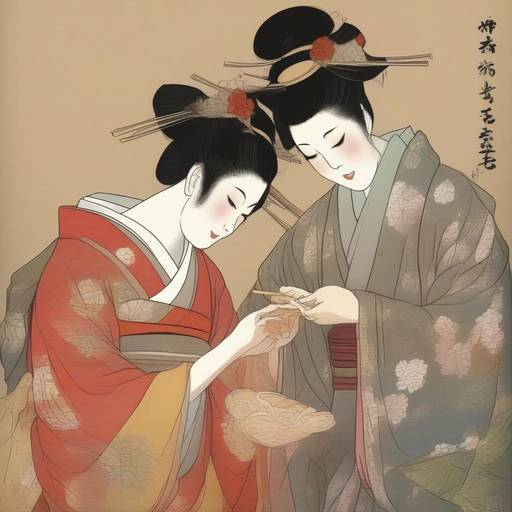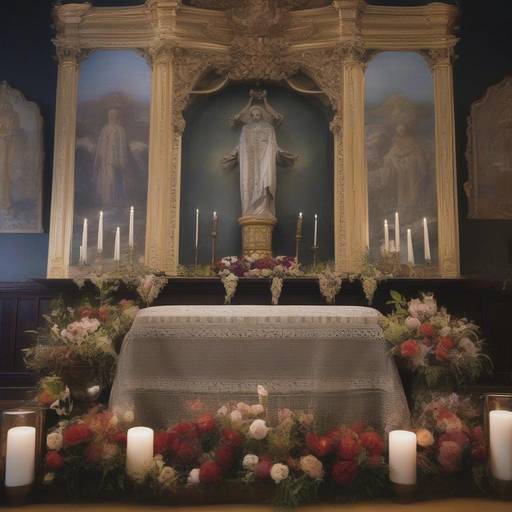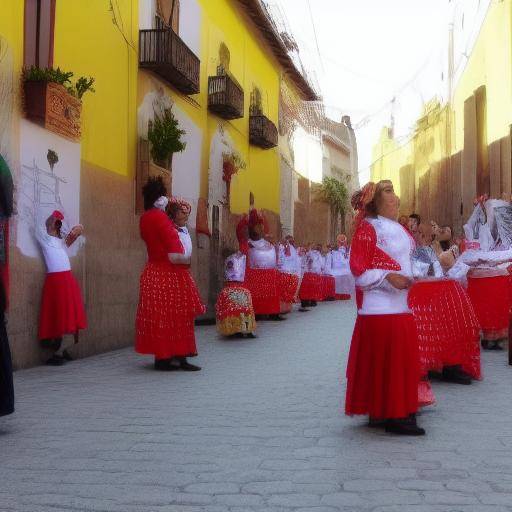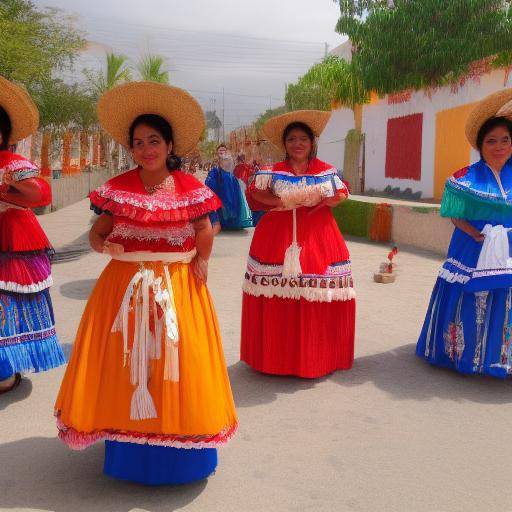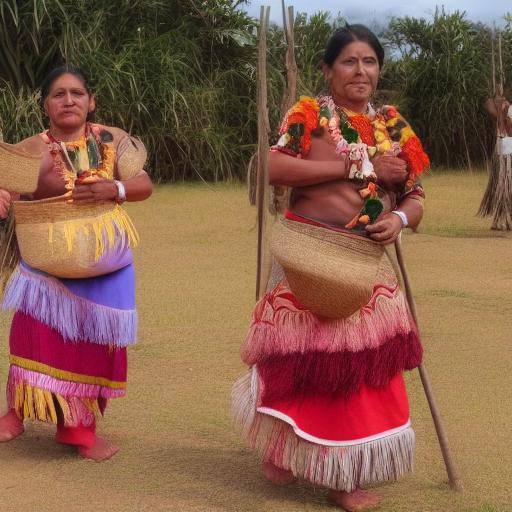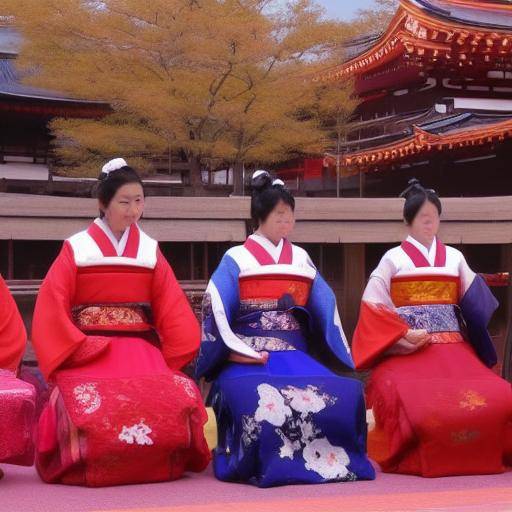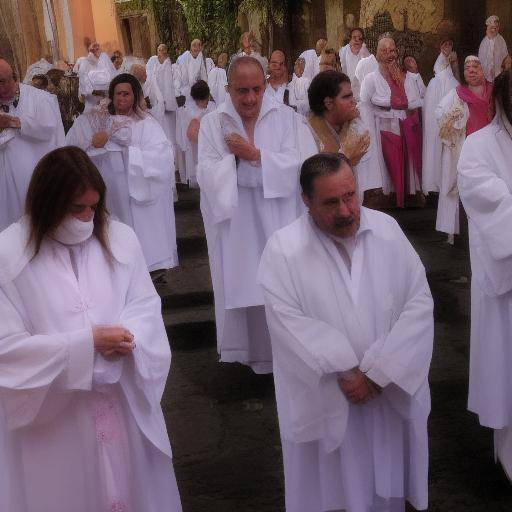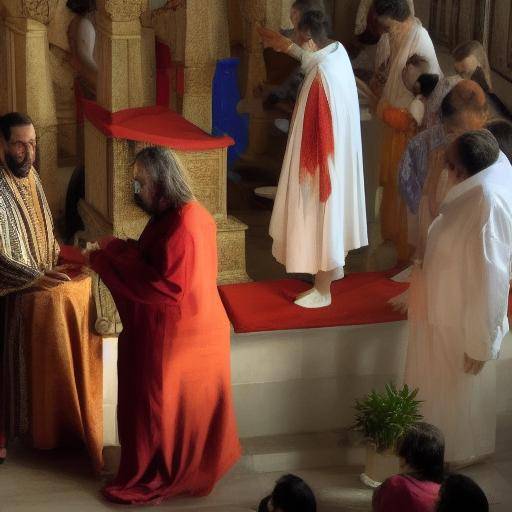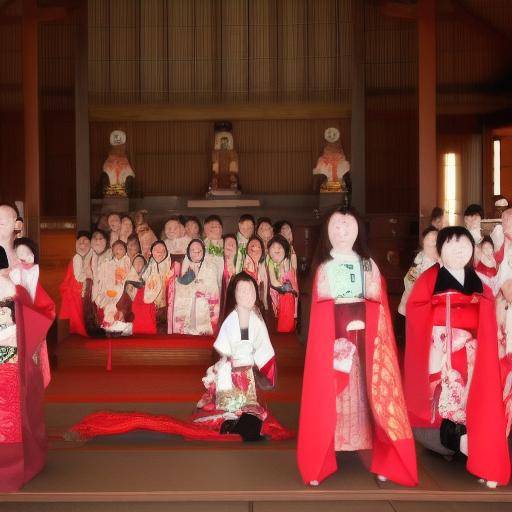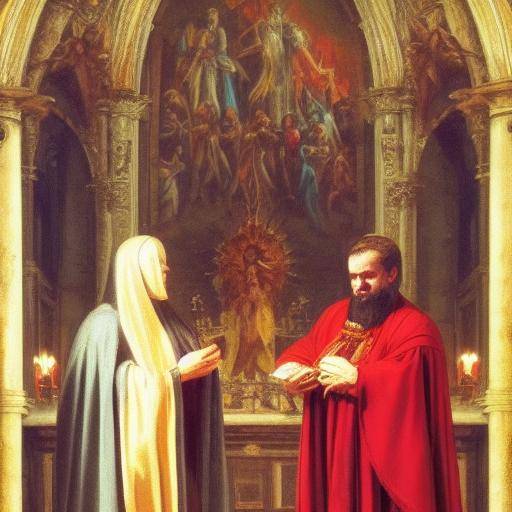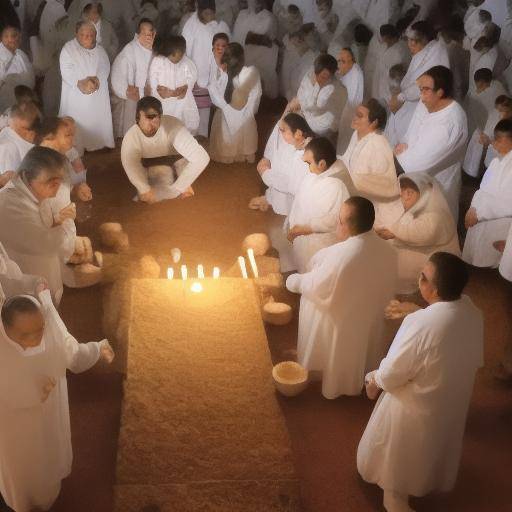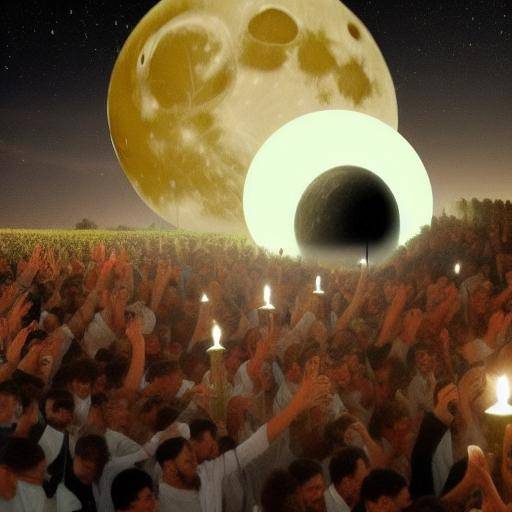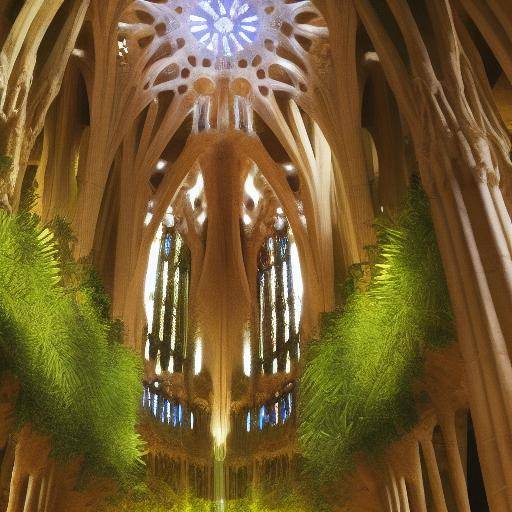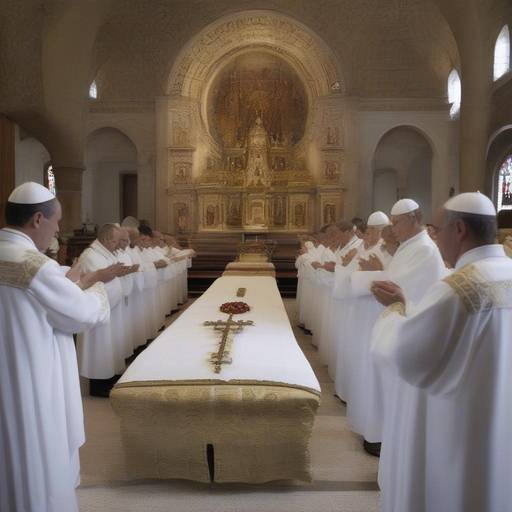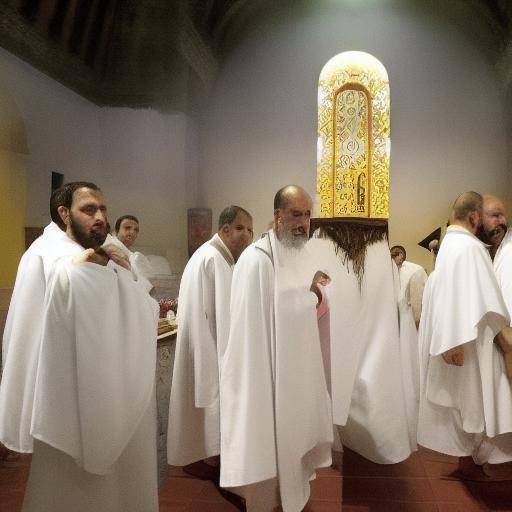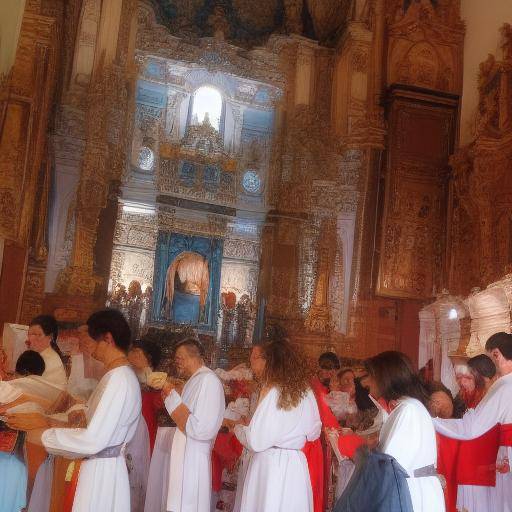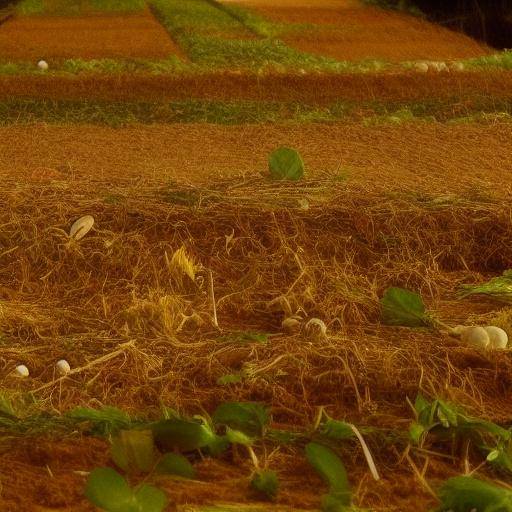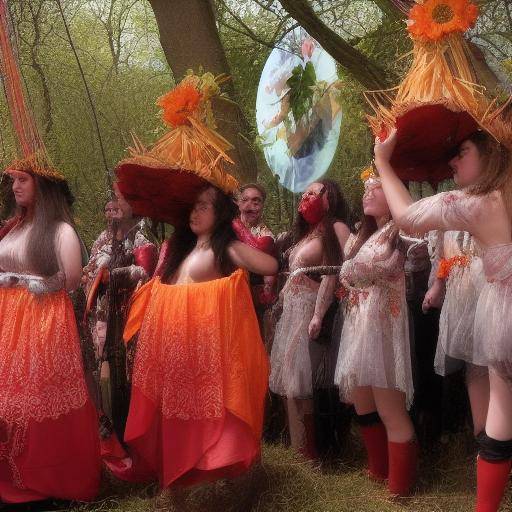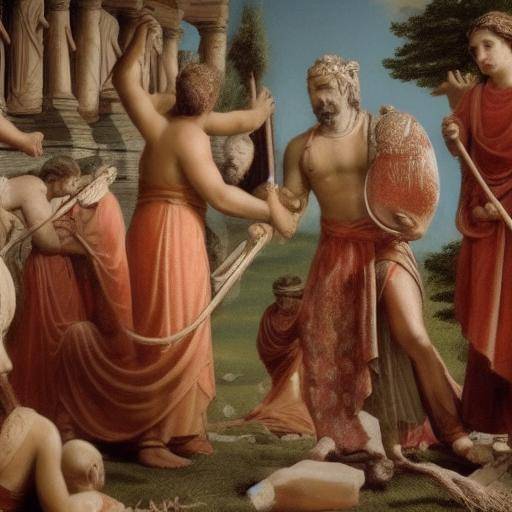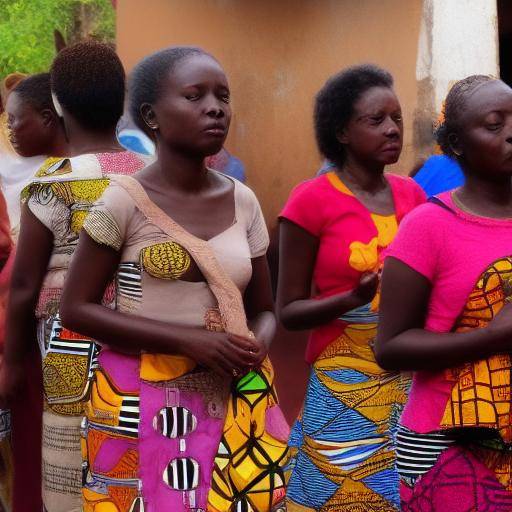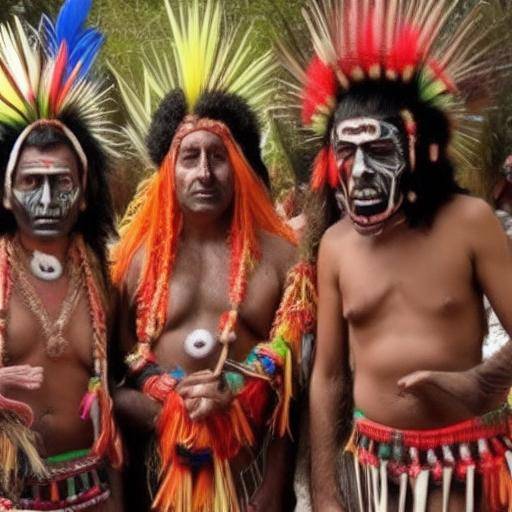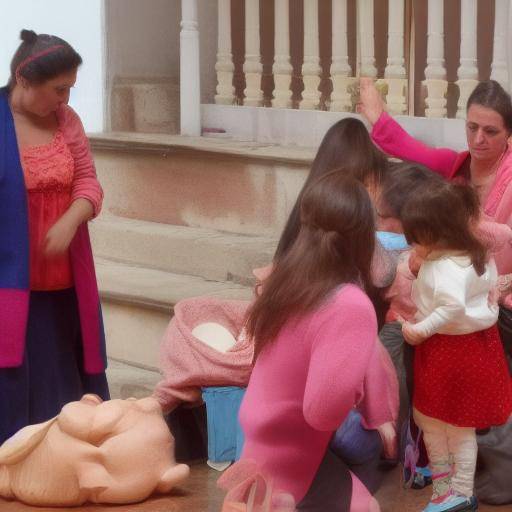
Fertility rituals have a long tradition in different ancestral cultures, and Celtic culture is not the exception. Within the Celtic cosmovision, fertility was a central aspect both in agriculture and human reproduction. In this article, we will explore in detail the fertility rituals in Celtic culture, its historical context, its relevance today and how they compare with other similar practices.
Introduction
Fertility rituals in Celtic culture represent a deep connection between land, nature and fertility. Through these rituals, the Celts sought to ensure soil fertility to ensure good harvests and human fertility to maintain the continuity of their lineage. In addition, these rituals were a way of honoring their gods and goddess associated with fertility and nature. In this article, we will explore the rituals of Celtic fertility, its cultural significance and its relevance today.
History and Background
Celts, known for their deep connection to nature, celebrated fertility rituals at different times of the year, especially during equinoxes and solstices. These celebrations were linked to both seasonal cycles and agricultural practices, and aimed at ensuring prosperity and fertility. The Druids, Celtic priests, played a fundamental role in performing these rituals, including dances, offerings and ceremonies in sacred sites.
The Beltane festival, held on the first day of May, was especially relevant to the Celtic fertility rituals. During this festival, fires were lit and rituals of purification and renewal of the earth were performed. The symbolic union between the god and the goddess of fertility was a central part of these celebrations, with the aim of guaranteeing the fertility of the fields and human reproduction.
Analysis in Deep
Today, many of the Celtic fertility rituals have evolved and endured in modified forms. Communities that maintain links with Celtic traditions, such as Ireland, Scotland and Brittany, continue to celebrate festivals and rituals that honor fertility and connection with nature. In addition, the influence of Celtic fertility rituals has spread to various cultural manifestations, such as literature, art and contemporary spirituality.
It is also interesting to note how the principles of respect for land and nature, present in Celtic fertility rituals, have gained relevance in the current context of concern for the environment and sustainability. Many current agricultural and food practices seek to recover ancestral knowledge associated with the fertility of the land, adapting it to current needs and challenges.
Comprehensive review
By comparing the rituals of Celtic fertility to other traditions, such as those practiced in Nordic or Amerindian cultures, we find similarities in the importance given to the nature and cycles of the earth. However, there are peculiarities of the Celtic cosmovision and its relationship with the gods and goddess of fertility that distinguish them.
Celtic symbols and myths associated with fertility, such as the tree of life, bull and moon, are distinctive elements that demonstrate the uniqueness of Celtic fertility rituals. The interaction between the human and the divine world, through the celebration of these rituals, reflects a holistic and mystical conception of fertility that continues to inspire many people today.
Practical Tips and Accessible Recommendations
While Celtic fertility rituals have an ancestral origin, their relevance and sense of connection with nature continue to be a source of inspiration. Those interested in exploring and honoring these traditions can participate in Celtic festivals and ceremonies, investigate associated mythology and symbolology, as well as engage in contemporary practices that honor fertility and connection with the earth.
In addition, those seeking to incorporate elements of Celtic fertility rituals into their daily lives may consider the adoption of sustainable practices, the cultivation of a garden or garden, or participation in community events that promote respect for the nature and fertility of the earth.
Conclusion
In short, fertility rituals in Celtic culture represent an ancestral tradition that seeks to honor the connection between humanity, land and fertility. These rituals, celebrated in festivals and ceremonies throughout the year, have deep roots in the Celtic cosmovision and continue to inspire people who seek to reconnect with nature and its cycles.
Although the exact practice of these rituals has evolved over time, the essence of honoring and respecting the fertility of the earth and life remains relevant today. Celtic fertility rituals remind us of the importance of living in harmony with nature, respecting its cycles and honoring life in all its manifestations.
Frequently asked questions
What are the main festivals of Celtic fertility?
The most famous Celtic fertility festivals are Imbolc, Beltane, Lughnasadh and Samhain. Each of these festivals is associated with the celebration of fertility at different times of the year, marking the cycles of the earth and the connection with nature.
How can I honor the rituals of Celtic fertility in modern life?
Honoring Celtic fertility rituals in modern life may involve participating in Celtic festivals, studying associated mythology and symbolology, adopting sustainable practices, cultivating a garden or garden, and participating in community events that promote respect for the nature and fertility of the earth.
What is the role of Druids in Celtic Fertility rituals?
The Druids, Celtic priests, played a fundamental role in performing the rituals of Celtic fertility. They conducted ceremonies, made offerings to the deities of fertility and nature, and helped to maintain the harmony between humanity and earth.
Are there parallels between Celtic fertility rituals and other traditions?
Yes, there are similarities in the importance given to the nature and cycles of the earth in other traditions, such as the Nordic or Amerindian. However, each has its own particularities, including symbols, myths and gods associated with fertility.
How have Celtic fertility rituals been adapted in contemporary society?
Celtic fertility rituals have evolved and endured in modified forms in contemporary society. Celtic communities maintain festivals and rituals, and the influence of these practices has spread to cultural manifestations, literature, art and contemporary spirituality.
What symbolizes Celtic fertility rituals in the cosmovision of culture?
Celtic fertility rituals symbolize the connection between humanity, earth and fertility. Through celebrations and ceremonies, the need to guarantee the fertility of the earth and human reproduction was honored, establishing a profound connection between the human and the divine world.
In conclusion, fertility rituals in Celtic culture continue to be a source of inspiration and connection with nature. These ancestral practices allow people to reconnect with natural cycles, honor the fertility of the earth and celebrate life in all its manifestations.


